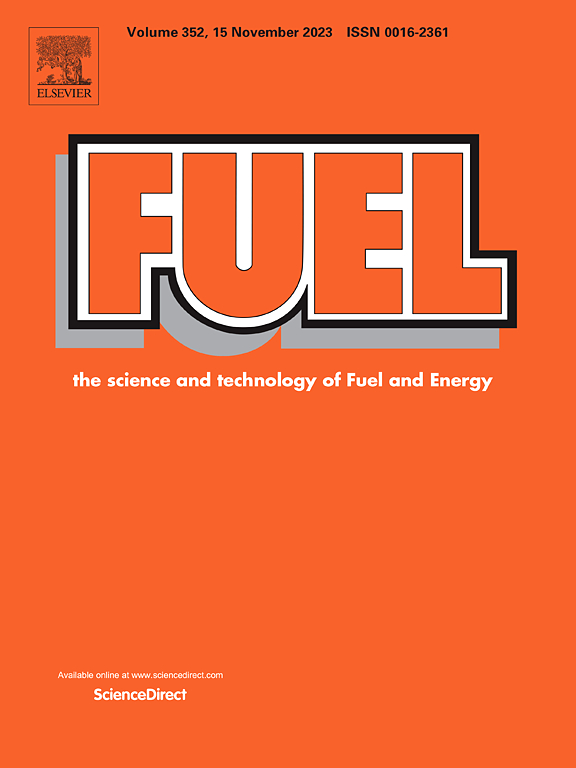Kinetic modeling and experimental investigation of laminar burning velocity in 2- and 3-pentanone/ammonia premixed flames
IF 6.7
1区 工程技术
Q2 ENERGY & FUELS
引用次数: 0
Abstract
In recent years, pentanone, a biomass-derived fuel, has attracted significant attention in the field of combustion due to its excellent anti-knock properties and high energy density. To address the low reactivity inherent in ammonia (NH3) combustion, blending pentanone with NH3 has emerged as a promising strategy. This study investigates laminar burning velocities (LBVs) of 2-pentanone (nPMK)/NH3 mixtures at pressures of 1 atm and 3 atm, with a temperature of 448 K and nPMK mole fractions ranging from 0.1 to 1.0. Additionally, building upon the authors’ previous research on 3-pentanone (DEK)/NH3 mixtures, a comparative analysis was conducted to evaluate the effects of both linear pentanone isomers on NH3 flame propagation. The kinetic model utilized is an extension of an earlier pentanone-NH3 model, which has been further refined using the latest experimental data and prior research findings. The results show that blending 50 % DEK with NH3 can increase LBV by up to 350 % compared to pure NH3-air mixtures, while nPMK achieves a maximum LBV increase of 300 %, underscoring pentanone’s potential to enhance NH3 combustion performance. Under stoichiometric conditions, the LBV of DEK/NH3-air mixtures is consistently 3–4 cm/s higher than that of nPMK/NH3-air mixtures, suggesting that DEK is more effective in improving NH3 combustion characteristics. Kinetic analysis reveals the difference in LBV is primarily attributable to variations in radical concentrations. Specifically, the position of the carbonyl group in each isomer results in different oxidation intermediates (i.e., CH3 for nPMK and C2H5 for DEK). In nPMK/NH3-air flames, CH3 primarily participates in the chain-terminating reaction CH3 + H(+M) = CH4(+M), consuming significant quantities of H radicals and suppressing flame propagation. In contrast, C2H5 in DEK undergo -C–H bond scission, generating H radicals that promote flame propagation. Consequently, DEK/NH3-air mixtures exhibit higher reactivity and faster LBVs.
求助全文
约1分钟内获得全文
求助全文
来源期刊

Fuel
工程技术-工程:化工
CiteScore
12.80
自引率
20.30%
发文量
3506
审稿时长
64 days
期刊介绍:
The exploration of energy sources remains a critical matter of study. For the past nine decades, fuel has consistently held the forefront in primary research efforts within the field of energy science. This area of investigation encompasses a wide range of subjects, with a particular emphasis on emerging concerns like environmental factors and pollution.
 求助内容:
求助内容: 应助结果提醒方式:
应助结果提醒方式:


